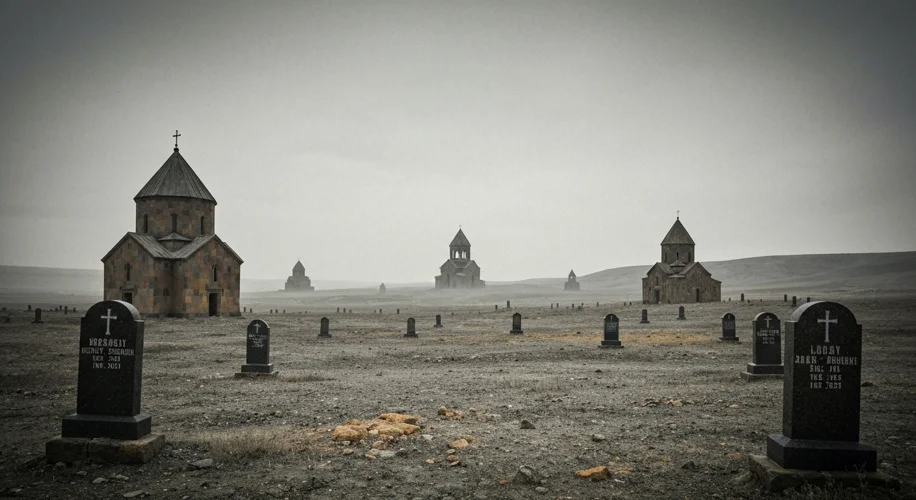The year is 1915. The Ottoman Empire, a once-mighty force, is crumbling under the weight of war and internal strife. In the heart of Anatolia, a community that had thrived for centuries, the Armenian people, were about to face a horrific ordeal. This is not a tale of battlefield glory, but of systematic annihilation, a tragedy etched into the annals of the 20th century – the Armenian Genocide.
The Armenians, a Christian minority within the predominantly Muslim Ottoman Empire, had long occupied a precarious position. While they had carved out roles as skilled artisans, merchants, and intellectuals, their very existence was viewed with suspicion by a rising tide of Turkish nationalism. The Committee of Union and Progress (CUP), the ruling party, increasingly saw Armenians as a potential fifth column, a threat to their vision of a homogenous Turkish state, especially as the Empire teetered on the brink of collapse during World War I.
The spark that ignited the systematic extermination was lit on April 24, 1915. On this fateful night, hundreds of Armenian intellectuals, community leaders, and clergymen in Constantinople (modern-day Istanbul) were arrested, deported, and eventually murdered. This was not a random act of violence; it was a meticulously planned decapitation of the Armenian leadership, designed to sow chaos and strip the community of its voice and resilience.
What followed was a descent into unimaginable horror. Under the guise of wartime necessity, Armenian populations were rounded up. Men were often separated and killed outright, while women, children, and the elderly were forced on brutal death marches, stripped of their possessions and dignity. These deportations, euphemistically termed “resettlement,” were in reality death sentences. Driven into the Syrian desert, they faced starvation, disease, exhaustion, and constant attacks from opportunistic brigands and gendarmes alike. The journey was a slow, agonizing march towards oblivion.
Eyewitness accounts paint a grim picture. Missionaries, diplomats, and even some Ottoman officials documented the atrocities with chilling clarity. American Ambassador Henry Morgenthau Sr. famously described the events as “a campaign of race extermination,” detailing scenes of forced conversions, mass drownings, and children being sold into slavery. Survivors recounted the desperation of hiding their faith, the terror of torching villages, and the profound sense of loss that permeated their existence.
By 1923, when the dust settled and the Ottoman Empire officially dissolved, an estimated 1.5 million Armenians had perished. Their ancient homeland, once a vibrant center of Armenian culture, was left a desolate landscape, its people scattered to the four winds.
The aftermath of the genocide has been as complex and painful as the event itself. The newly formed Republic of Turkey has consistently denied that the events of 1915 constituted genocide, attributing the deaths to wartime conditions, disease, and inter-ethnic conflict. This denial has been a source of immense pain and frustration for Armenians worldwide, who have tirelessly campaigned for international recognition of the genocide.
The Armenian Genocide stands as a stark reminder of humanity’s capacity for both profound cruelty and remarkable resilience. It underscores the dangers of unchecked nationalism, the devastating consequences of religious and ethnic intolerance, and the vital importance of remembering history, even when it is uncomfortable. The echoes of 1915 continue to resonate today, a call for justice, remembrance, and a commitment to ensuring that such atrocities never happen again.

